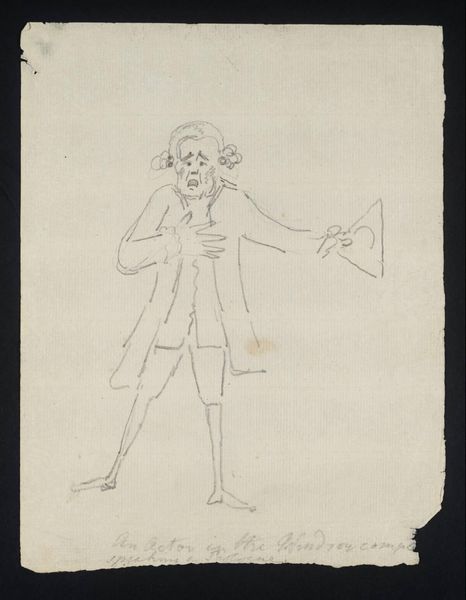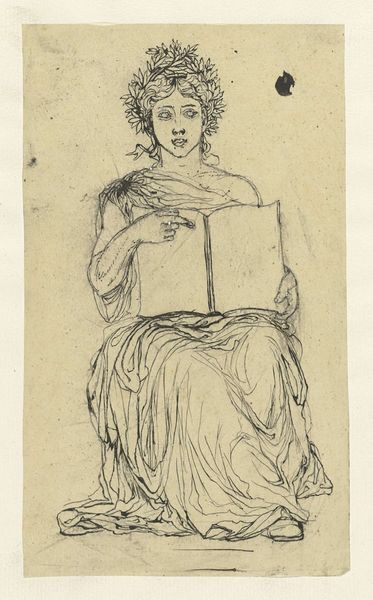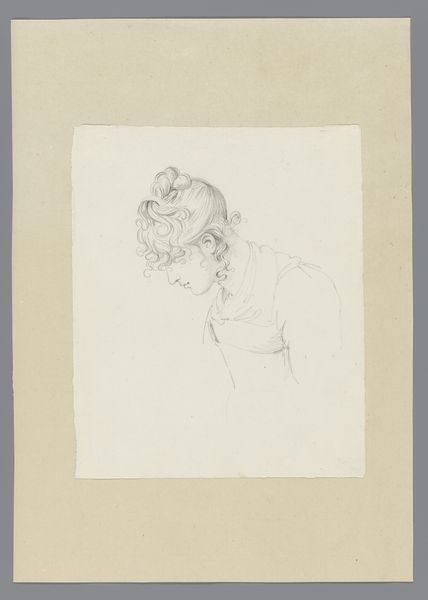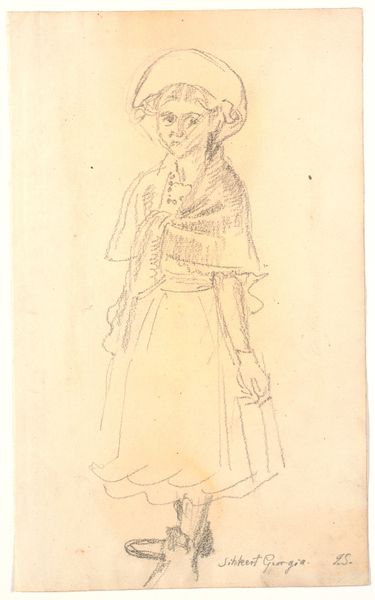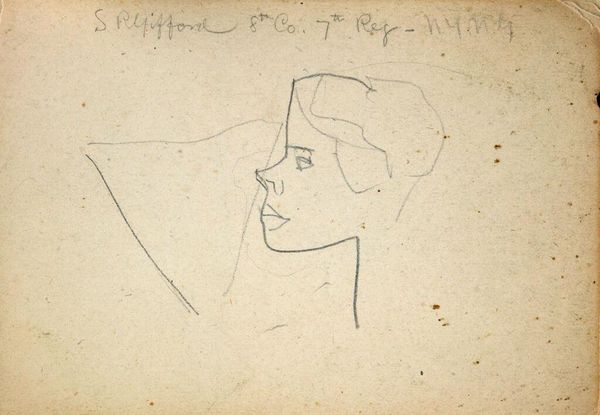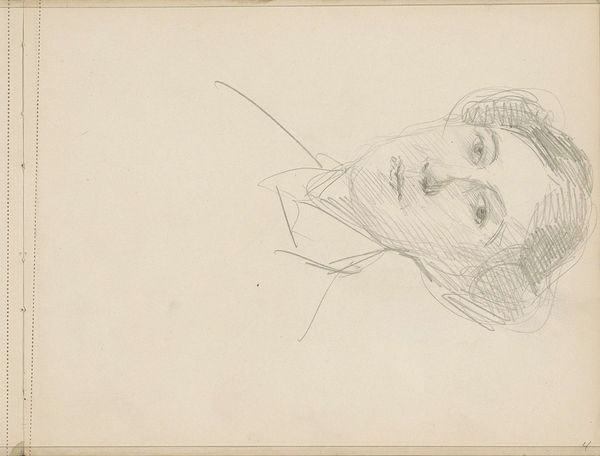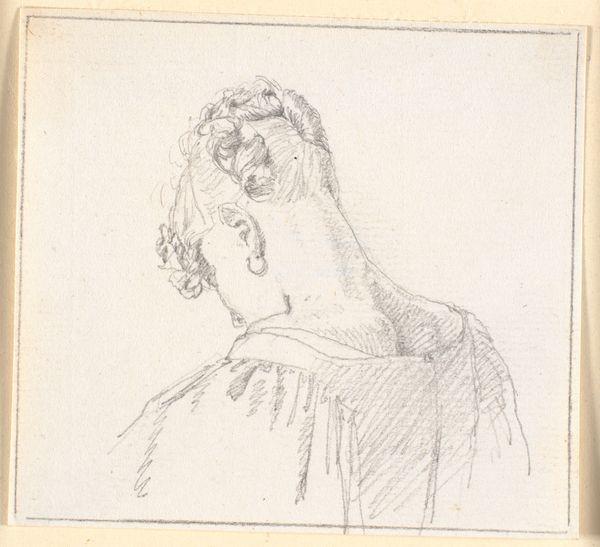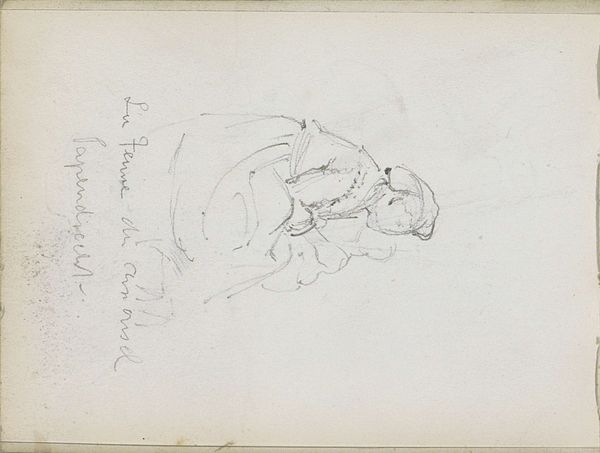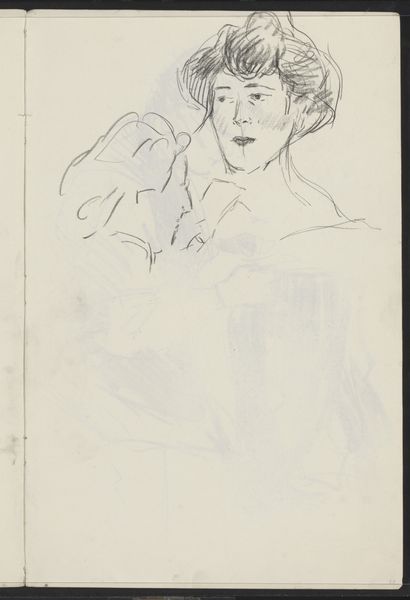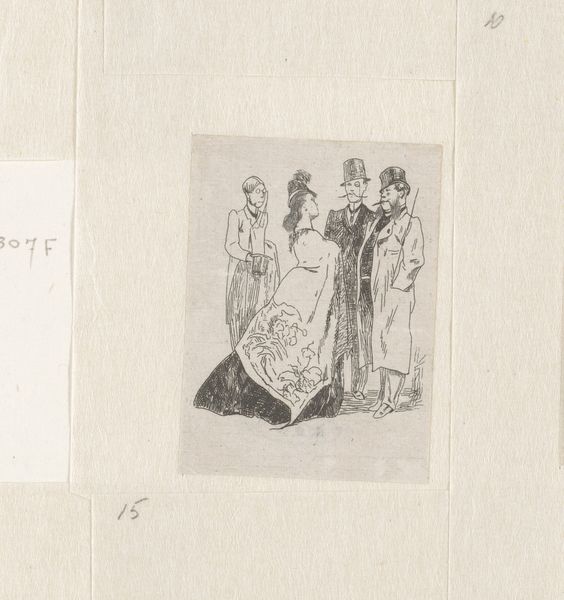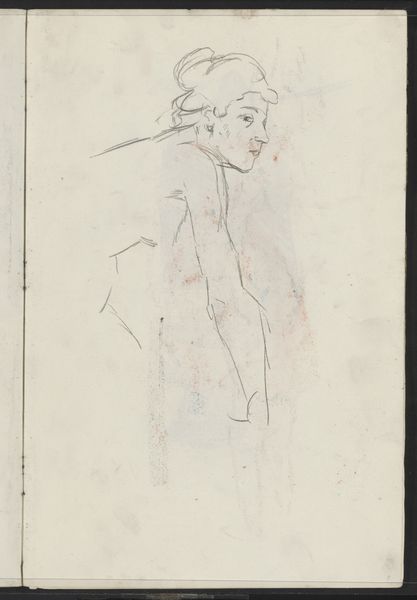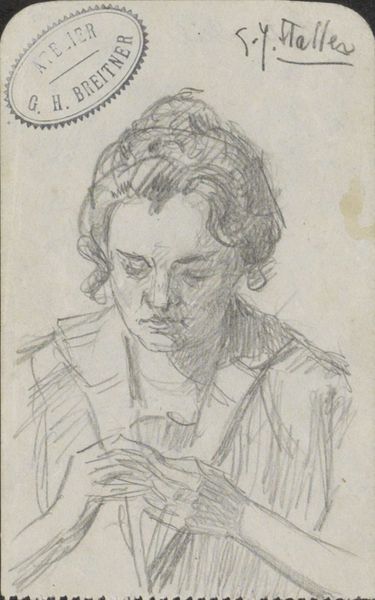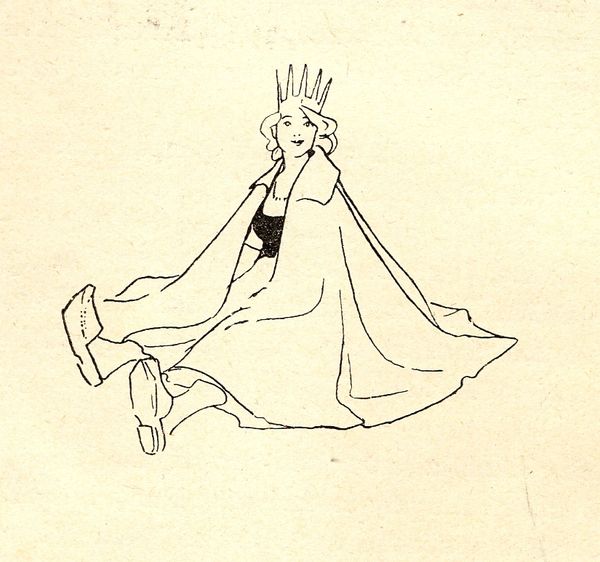
drawing, pencil
#
drawing
#
aged paper
#
toned paper
#
light pencil work
#
old engraving style
#
sketch book
#
personal sketchbook
#
pencil
#
sketchbook drawing
#
watercolour illustration
#
sketchbook art
#
watercolor
Dimensions: sheet: 27.94 × 35.56 cm (11 × 14 in.) book: 35.56 × 27.94 × 1.27 cm (14 × 11 × 1/2 in.)
Copyright: National Gallery of Art: CC0 1.0
Editor: Here we have Saul Steinberg's drawing of "Alexander Sergeyevich Pushkin 1799-1833" from around 1993, made with pencil on paper. I’m struck by the way it resembles an aged photograph or a recovered historical document, even though it's relatively recent. What are your thoughts on this work? Curator: It's compelling, isn’t it? I see this piece as an engagement with historical memory and cultural appropriation. Steinberg, an artist known for his playful subversions, takes on the figure of Pushkin, a monumental symbol of Russian identity, particularly literary identity. Editor: Cultural appropriation, in what sense? Curator: Steinberg, as a Romanian-American Jewish artist, is positioning himself in relation to this very potent Russian icon. He's not just creating a portrait, but is asking us to consider the act of representation itself. Why Pushkin? What does it mean for Steinberg to depict him in this deliberately old-fashioned style? Is it reverence, critique, or something in between? Notice the way the medium - pencil - gives the artwork an accessible, personal feel, versus, say, an oil painting, that is often seen as an object of authority and historical weight. Editor: That makes sense. So it's not just about who Pushkin was, but about how Steinberg, and how we, relate to that image and what it represents? Curator: Exactly! Think about how history is always being rewritten, reinterpreted through different lenses. Steinberg's drawing becomes part of that ongoing conversation, a commentary on cultural heritage and the power dynamics inherent in artistic representation. This piece, on its own, allows us to question historical narratives, prompting viewers to unpack identity. Editor: Wow, I never would have thought of that just by looking at the image. Thanks for expanding my understanding! Curator: My pleasure. Art is always about more than just what's on the surface; it's about the dialogue it sparks.
Comments
No comments
Be the first to comment and join the conversation on the ultimate creative platform.
